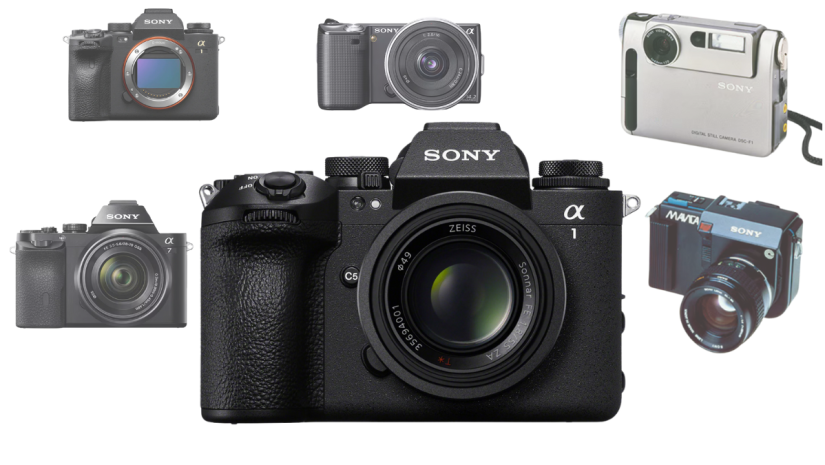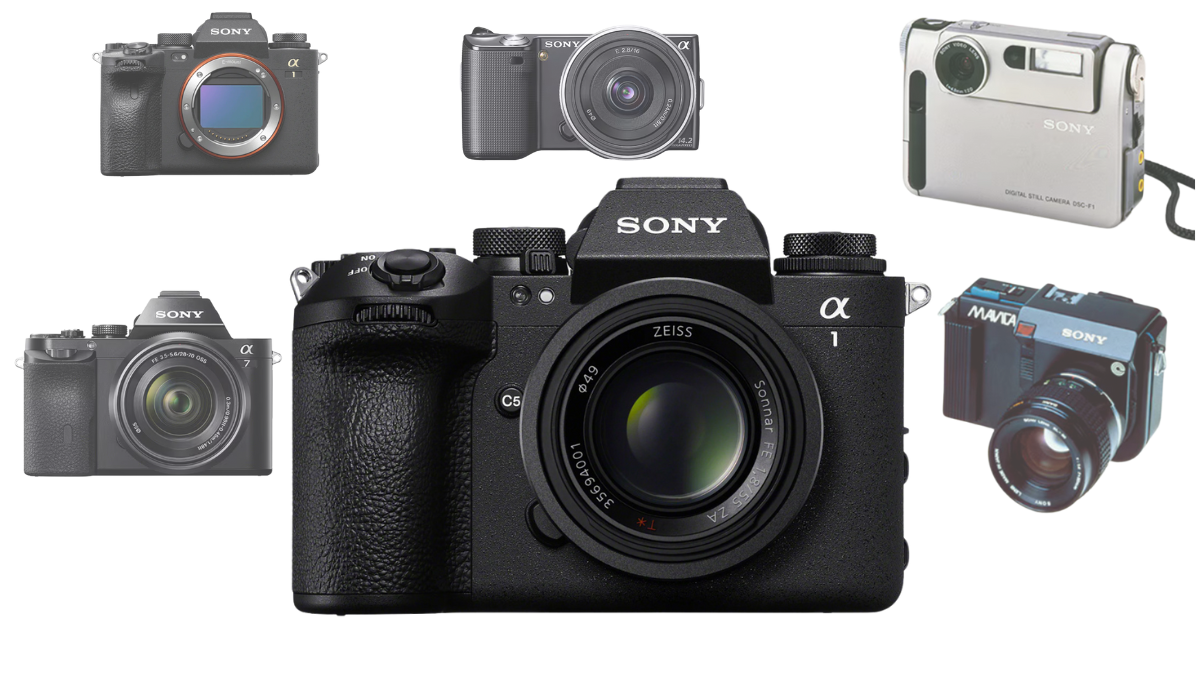Sony has been a trailblazer in the world of consumer electronics, and nowhere is this more evident than in its development of digital imaging technology. From revolutionizing how we record still images in the early 1980s to dominating the mirrorless camera market in the 2020s, Sony has continually pushed the limits of photography. The brand is now synonymous with innovation, speed, and high-quality imaging for professionals and enthusiasts alike. Many of its new products redefine an industry standard. This blog traces the major milestones in the history of Sony cameras, beginning with their current industry-leading flagship and stepping back through some of the most influential devices that have shaped the company’s legacy.
Sony Alpha 1 II (2024): The Flagship
The Sony Alpha 1 II, released in early 2024, represents the pinnacle of Sony’s mirrorless camera innovation. This full-frame camera features a 60.1MP stacked CMOS sensor, offering exceptional resolution and low-light performance. With AI-enhanced autofocus tracking, 30fps burst shooting, and 8K 60p video recording, it’s designed for photographers and filmmakers alike who demand peak performance in every setting.
What sets the Alpha 1 II apart is its ability to handle nearly every photographic challenge thrown its way. Whether shooting high-speed sports, capturing quiet moments in nature, or producing cinematic videos, this camera is an all-in-one tool. It incorporates a refined BIONZ XR processor, improved heat dissipation technology for extended shooting, and a dual CFexpress Type A and SD UHS-II card slot system, ensuring both speed and reliability. With real-time eye tracking for humans, animals, and birds, the camera uses AI to provide incredibly precise focus. Its 9.44-million-dot OLED electronic viewfinder with a 240Hz refresh rate delivers an unparalleled shooting experience. The Alpha 1 II is a symbol of Sony’s technological dominance in the imaging sector.
Sony Mavica (1981): The Origin of Digital Imaging
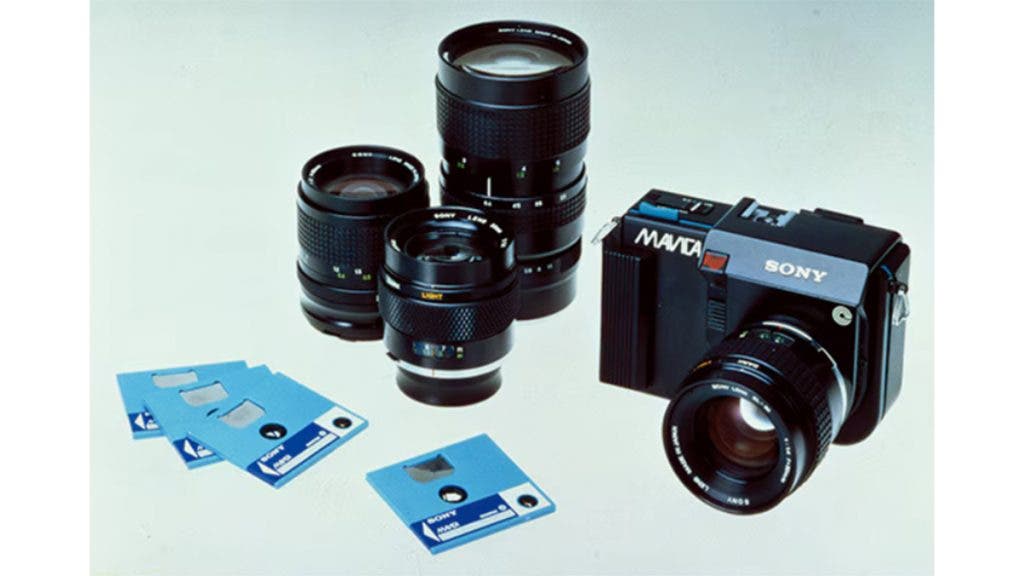
Sony’s first foray into the camera market came in 1981 with the Sony Mavica (Magnetic Video Camera). Although it was not a digital camera in the modern sense, the Mavica was revolutionary. Instead of film, it used 2.0-inch floppy disks—called Mavipaks—to store still images as analog video signals. Each disk could hold up to 50 still frames that could be viewed on a standard television using a video playback unit.
While the original Mavica never made it to retail shelves, its introduction during a press conference shocked the photography world and set the stage for what would become digital imaging. The Mavica system was ahead of its time, pioneering the idea that images could be recorded, viewed, and stored electronically. It marked the first time a major electronics company signaled its intention to redefine the photographic process. Sony would continue developing the Mavica line throughout the 1990s, transitioning it into a truly digital format by 1997. The legacy of this device lies in its forward-thinking philosophy, which laid the groundwork for the digital camera revolution.
Sony Cyber-shot DSC-F1 (1996): The First True Digital Camera
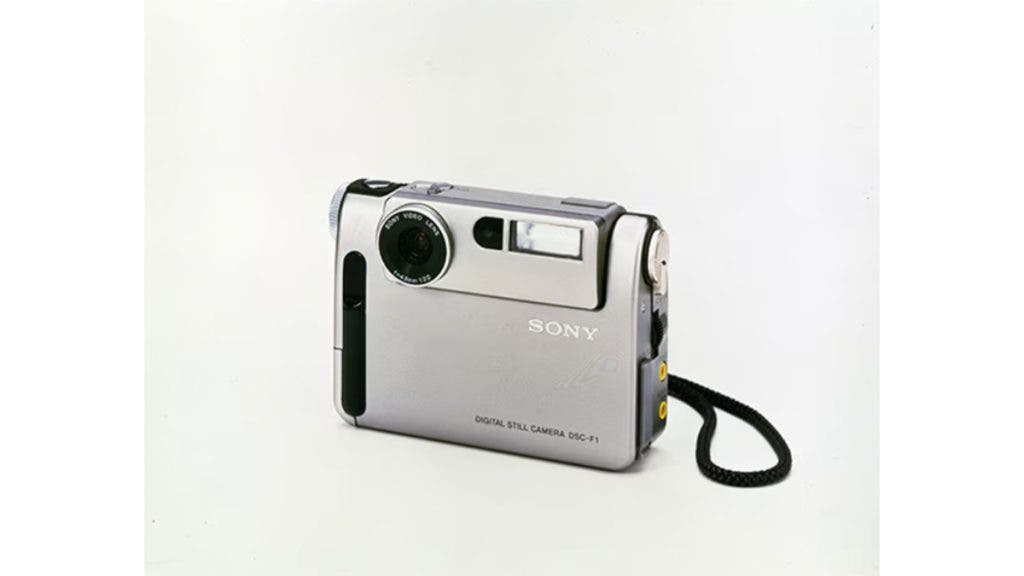
In 1996, Sony launched its first true consumer digital camera, the Cyber-shot DSC-F1. Designed for portability and ease of use, this camera featured a 0.3-megapixel CCD sensor, internal memory for saving images, and a unique rotating lens barrel that enabled users to shoot from different angles and even take selfies—a novelty at the time.
The DSC-F1 marked a turning point in consumer photography by eliminating the need for film and introducing the concept of instant image review and digital sharing. It featured a 1.8-inch LCD screen, which allowed users to preview and delete images before transferring them to a computer. This freedom to shoot without concern for wasting film changed how people approached photography.
Though primitive by today’s standards, the DSC-F1 helped establish the Cyber-shot brand, which would go on to dominate the digital point-and-shoot market for the next decade. The camera’s innovative design and straightforward user experience made it a favorite among early adopters and tech-savvy consumers. Sony’s commitment to compactness, intuitive UI, and integration with PCs helped make digital photography accessible to the mainstream.
Sony NEX-5 (2010): Leading the Mirrorless Movement
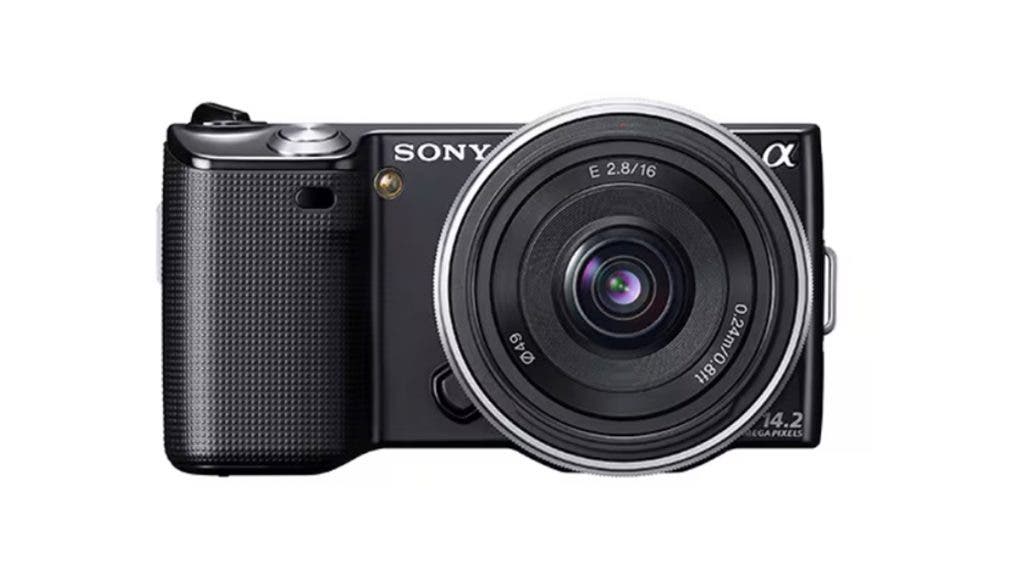
Sony again redefined the market in 2010 with the release of the Sony NEX-5, one of the world’s first mirrorless interchangeable lens cameras featuring an APS-C sensor. It introduced Sony’s new E-mount lens system, which was optimized for compact body designs while still supporting high-resolution sensors. The NEX-5 combined the image quality of a DSLR in the form of a point-and-shoot camera.
Equipped with a 14.2MP Exmor APS-C HD CMOS sensor, the NEX-5 featured fast autofocus, 1080p full HD video recording, and a tiltable LCD screen. Its magnesium alloy body made it both sturdy and lightweight. Sony positioned the NEX-5 as a device that could deliver professional-quality results in a package portable enough for travel and street photography.
The release of the NEX-5 helped to legitimize the mirrorless camera segment, which was still in its infancy. While companies like Panasonic and Olympus had already introduced Micro Four Thirds systems, Sony’s decision to go with a larger sensor and a new lens mount would pay off in the long run. This innovation eventually led to the Alpha mirrorless line, now Sony’s flagship series. The NEX-5 represents a pivotal moment when Sony chose a different path and ended up defining the future of camera design.
Sony Alpha 7 (2013): The First Full-Frame Mirrorless Camera
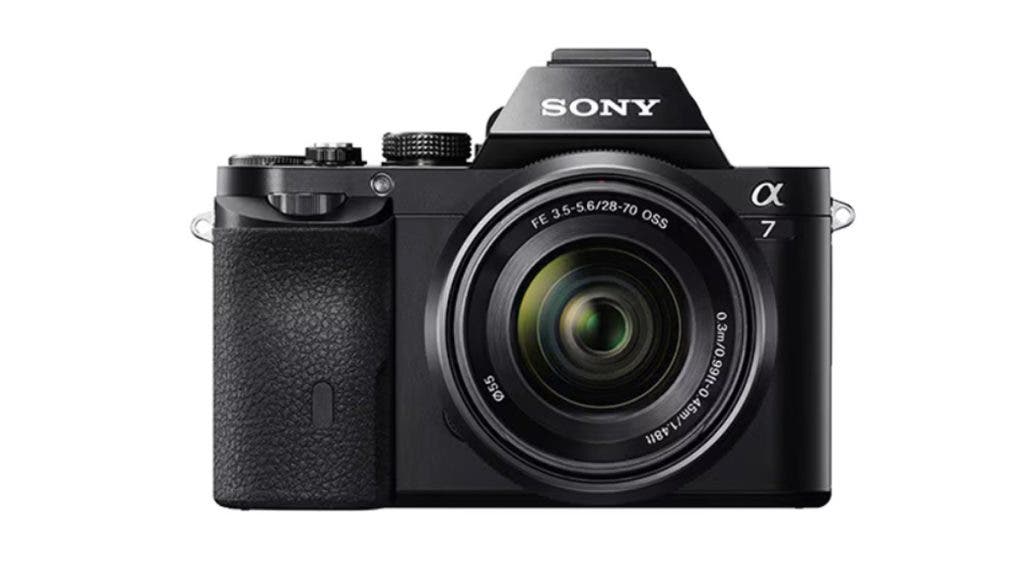
In 2013, Sony broke new ground again by launching the Sony Alpha 7 and Alpha 7R—the world’s first full-frame mirrorless interchangeable lens cameras. This was a monumental shift in the camera industry, as full-frame sensors were previously reserved for bulky and expensive DSLR systems. The A7 featured a 24.3MP CMOS sensor, while the A7R pushed resolution further with a 36.4MP sensor and no optical low-pass filter for sharper images.
The Alpha 7 series brought together high-resolution image quality, compact size, and the versatility of an interchangeable lens system. These cameras offered fast hybrid autofocus, full HD video, Wi-Fi and NFC connectivity, and robust weather-sealed construction. Professional photographers, once hesitant to leave their DSLRs behind, started to see Sony as a serious player.
The success of the Alpha 7 line encouraged Sony to expand it with specialized models like the low-light A7S, the resolution-focused A7R, and the balanced A7 III. It also forced traditional DSLR giants like Canon and Nikon to develop their own mirrorless systems. In short, the invention of the A7 practically single-handedly changed the trajectory of the photography industry.
Sony Alpha 1 (2021): The All-in-One Powerhouse
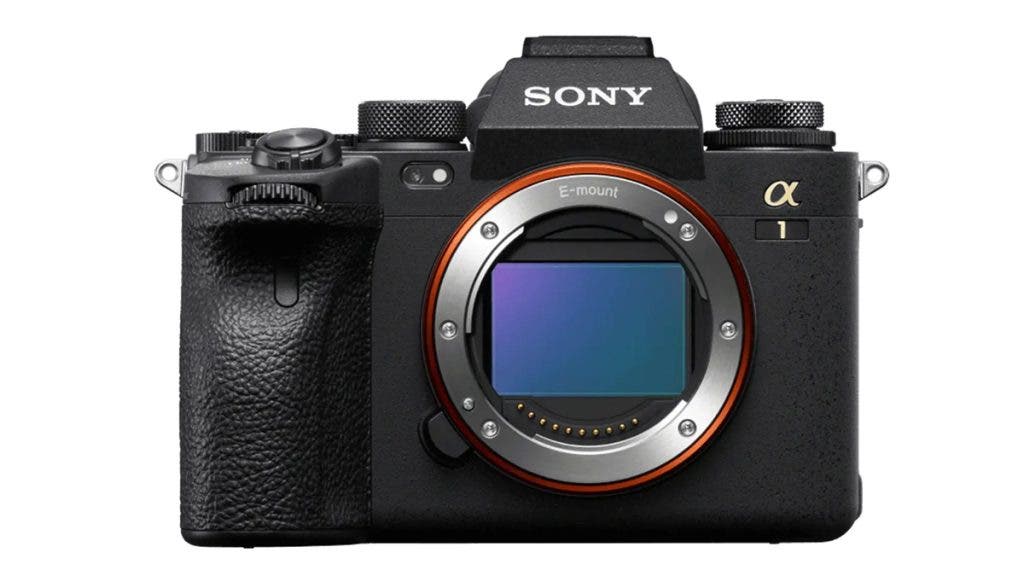
By 2021, Sony introduced its most ambitious camera yet: the Sony Alpha 1 (A1). This 50.1MP full-frame mirrorless camera combined the strengths of Sony’s other Alpha models—resolution from the A7R series, speed from the A9, and video power from the A7S—into a single, unified body. It could shoot at 30fps blackout-free using the electronic shutter, record 8K 30p video, and featured Real-Time Eye AF for humans, animals, and birds.
The Alpha 1 also introduced cutting-edge features like a 9.44-million-dot OLED EVF with a 240Hz refresh rate, dual card slots supporting CFexpress Type A, and 16-bit RAW output over HDMI. Its silent operation, high burst rate, and anti-distortion shutter made it ideal for sports, wildlife, and photojournalism.
More than any previous model, the Alpha 1 exemplified Sony’s commitment to developing a true hybrid camera that could meet the needs of diverse creators. It marked the culmination of years of technological innovation and placed Sony even further ahead of the competition in the mirrorless space. The Alpha 1 was both a flagship and a blueprint for the future of professional imaging.
Sony’s Enduring Impact on Photography

From the Mavica’s magnetic disks to the Alpha 1 II’s high-resolution sensor and AI-driven autofocus, Sony has redefined the art of capturing moments for over four decades. At each pivotal moment in photography’s digital evolution, Sony has been there—not only adapting but oftentimes leading. The company’s bold moves into mirrorless technology, full-frame innovation, and hybrid shooting capabilities have not only earned them a top spot in the industry but have also influenced competitors and shaped the market.
Sony’s approach to imaging has always been to anticipate what photographers and videographers will need next. Whether it’s the compact portability of the Cyber-shot, the modular lens systems of the NEX series, or the high-performance specs of the Alpha 1 II, Sony cameras are designed for a world where speed, flexibility, and quality are paramount.
With continuous investment in sensor design, AI, and real-time computing, Sony shows no signs of slowing down. As we look ahead, the legacy of Sony cameras isn’t just in the technology they’ve created, but in the millions of memories, stories, and creative visions they’ve helped bring to life. Their innovation has turned photography into an accessible, expressive, and limitless medium for everyone, from amateurs to world-renowned professionals.
